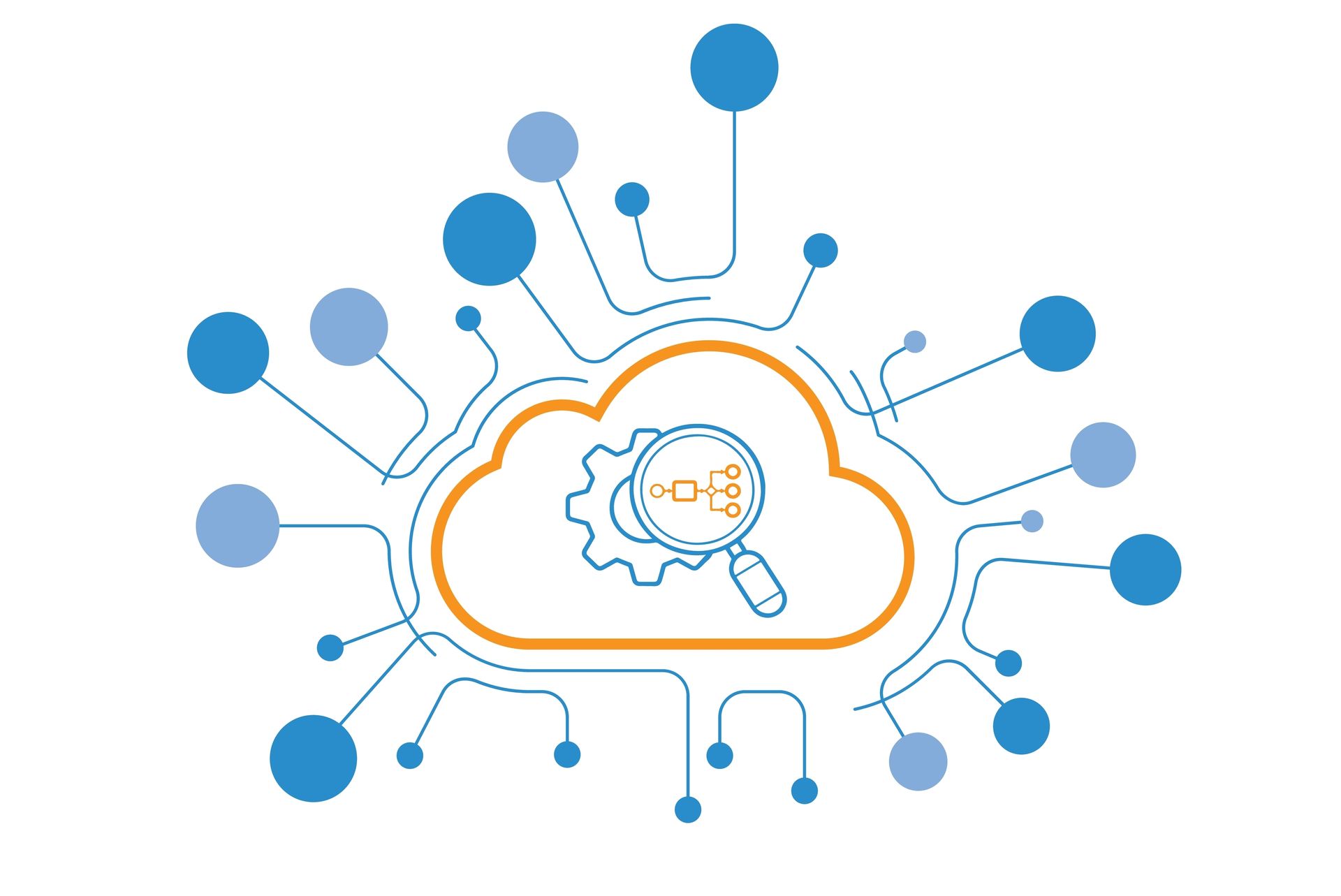How CRAs Are Affected by NYC Local Law 144
4 September 2023
Share this article:
Key Takeaways
- NYC 144, now in effect, impacts employers that use automated tools, called AEDTs, to make hiring and promotion decisions. They must conduct bias audits to measure whether the tool discriminates against protected groups.
- Employers must publish the results of bias audits and inform candidates and employees of their use of an AEDT and of the individuals’ rights under NYC 144.
- The definition of an AEDT and the situations where the law applies are complex. Employers will have to determine whether they are using an AEDT and how they must comply. Legal consultation is advisable.

What is NYC Local Law 144?
New York City Local Law 144 is the first law in the nation to address the use of AI tools in hiring. It prohibits employers, and also employment agencies, from using an automated employment decision tool (AEDT) in the city unless they disclose they are doing so, conduct a bias audit and provide the results of that audit. NYC 144 took effect on July 5, 2023.
The law applies to hiring decisions and promotion decisions. It applies not only to the final decision but also to any screening done earlier in the evaluation process.
The employer (or agency) must notify employees and job candidates that an AEDT will be used. Furthermore, they must offer an alternative screening process and tell candidates how to request it.
The results of the bias audit must be displayed in a conspicuous manner on the employer’s website. This must include the type of data collected, the audit results and the data retention policy.
When Does NYC 144 Apply?
The law applies to jobs in New York City. More specifically, it applies when any of the following is true:
- The job location is in NYC.
- The job is remote but is associated with an office in NYC.
- The employment agency is in NYC.
NYC 144 applies only to employment decisions involving hiring and promotion. Ii is not relevant to decisions about compensation, benefits, termination, workforce monitoring and performance evaluation.
NYC 144 impacts only candidates who have actually applied for a job. It does not apply to a screening tool used to identify potential candidates.
Whether NYC 144 applies also depends on how the tool is used. It’s relevant only if one of these is true:
- The AEDT is the only factor in the decision.
- The AEDT results have more weight than any other factor.
- The AEDT is allowed to override a human decision.
Employers may still use an unaudited AI tool when it is a less significant factor in the decision.
What Is an AEDT?

The definition of an AEDT includes AI tools, broadly defined. It encompasses any computational process that is derived from artificial intelligence, machine learning, statistical modeling or data analytics. It includes any tool that produces a score, a ranking, a classification, a recommendation or a prediction of fitness for the job or likelihood of success.
A tool is an AEDT only if it affects natural persons. AI tools that filter email, maintain firewalls and protect against viruses are not AEDTs.
An AEDT is a computer-based tool. A test designed and administered by humans, even when it evaluates specific criteria and produces scores, rankings and recommendations, is not an AEDT.
What Is a Bias Audit?
A bias audit is a measure of whether an AEDT discriminates against people based on categories that must be reported to the U.S. Equal Employment Opportunity Commission. It determines the selection rate and impact ratio of sex, race and ethnicity as well as the intersection of those factors.
The selection rate is the percentage of people selected in each category. For example, if 100 women apply and 30 are selected, their selection rate is 30 percent.
The impact ratio compares the selection rate of a group to the selection rate of the most successful group. With the above example, if 40 out of 100 men are selected, men’s selection rate is 40 percent, and women’s impact ratio is 30/40 or 0.75.
A bias audit must be performed every year. If the employer has been using the AEDT, they must use their own historical data. If they are using the AEDT for the first time, they may use historical data from other employers or agencies.
The bias audit must be conducted by an independent auditor who is not employed by the employer and had no part in the development and use of the AEDT.
The audit results must be posted prominently on the employer’s website. However, the employer is not directly required to stop using the AEDT or to take any other action based on the results.
How Does NYC 144 Affect Employers?
NYC employers and agencies must determine whether they are using a tool that is defined as an AEDT under NYC 144. If so, they must conduct an audit as quickly as possible and post results. In addition, they must notify employees and applicants of the AEDT’s use and of their rights to request an alternative evaluation process.
Employers must be mindful that a tool is and AEDT only if it:
- Meets the computational definition.
- Makes a final recommendation, is the principal factor in the recommendation or overrides a human decision.
- Affects actual human beings.

NYC 144 requirements and definitions are complex, and there is almost certain to be dispute and clarification around the details as enforcement goes forward. Employers should seek ongoing legal advice on whether they are subject to the law and how they must comply.
How Does NYC 144 Affect CRAs?
CRAs are not likely to be directly affected by NYC 144. Even if they use AI tools, they do not make hiring and promotion decisions. They should ensure that they merely report data and do not do any ranking or categorization based on what they discover.
As always, CRAs can serve their clients by keeping abreast of the latest regulations in every jurisdiction and advising them about what they may and may not do in their hiring and background check processes.
What Is the Penalty for Violating NYC Local Law 144?
Violators are subject to a fine of up to $500 for a first violation or subsequent violation on the same day, and up to $1,500 for violations beyond that.
The Bottom Line
Effective now, NYC employers and agencies who use an AEDT in hiring and promotion decisions must conduct and publish a bias audit. They must inform applicants and employees and notify them of their rights.
They need to determine whether their tool is considered an AEDT and, if so, immediately take steps to comply with NYC 144.
Connect with Us:




